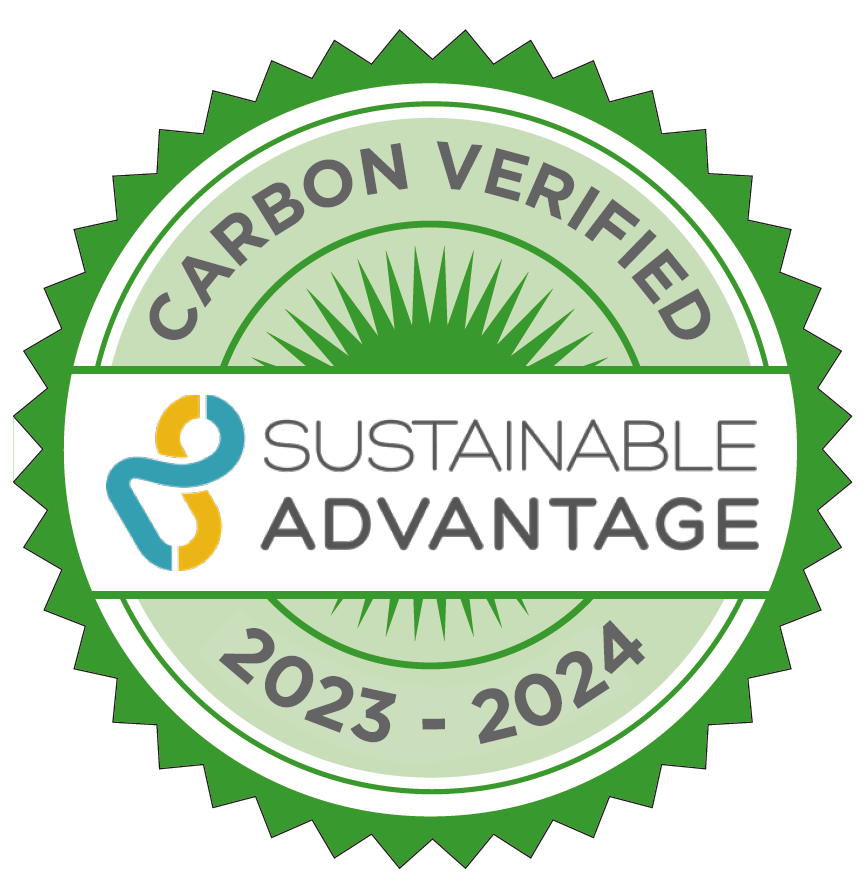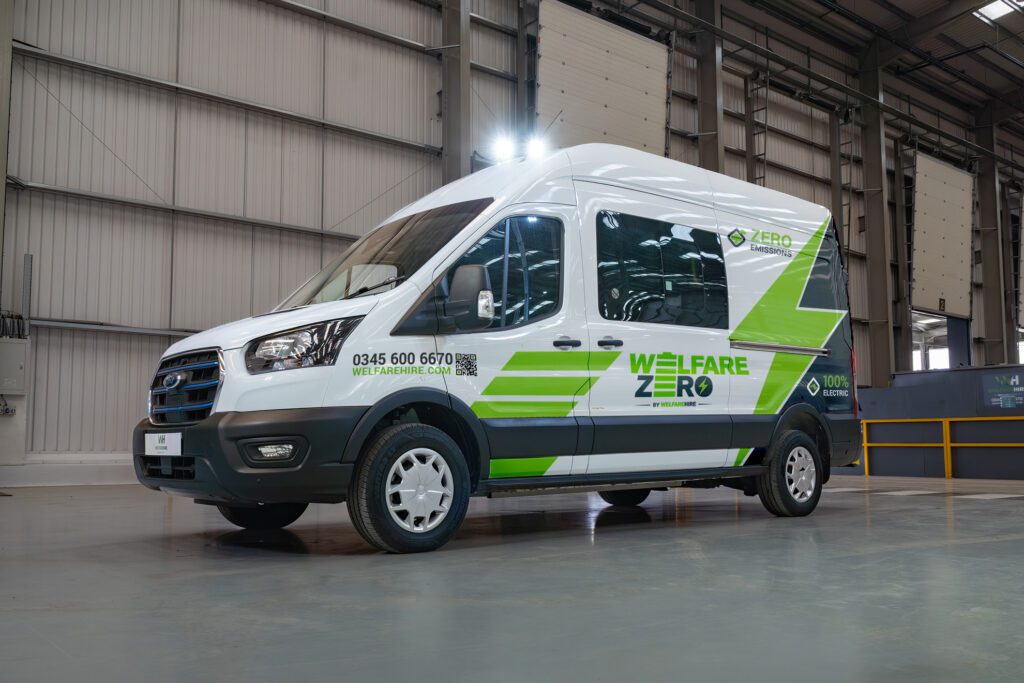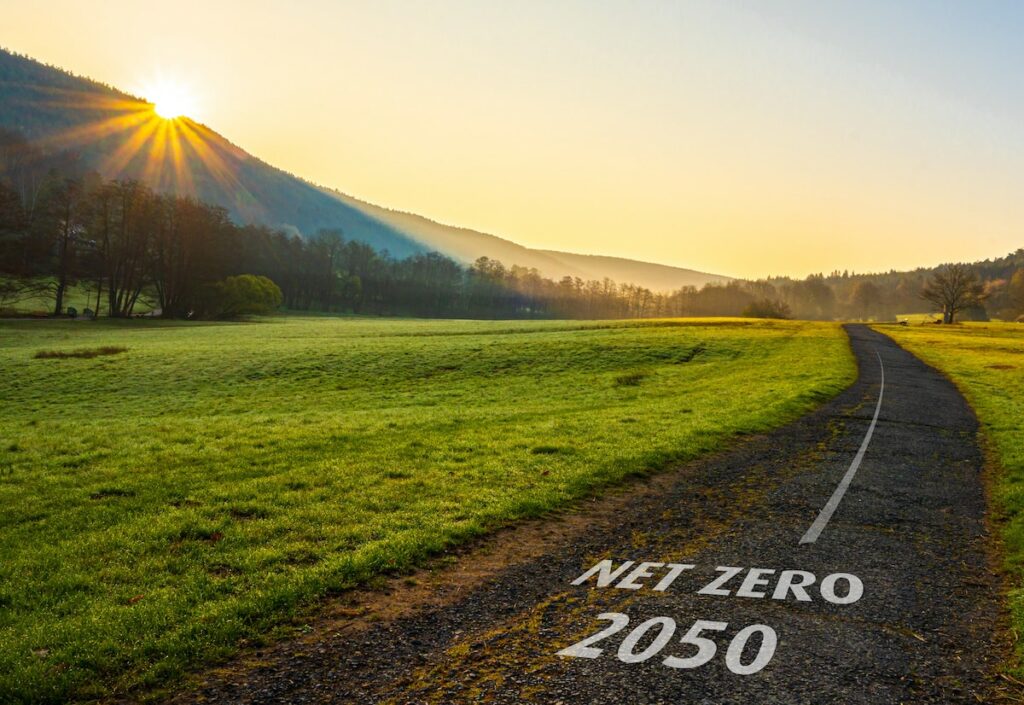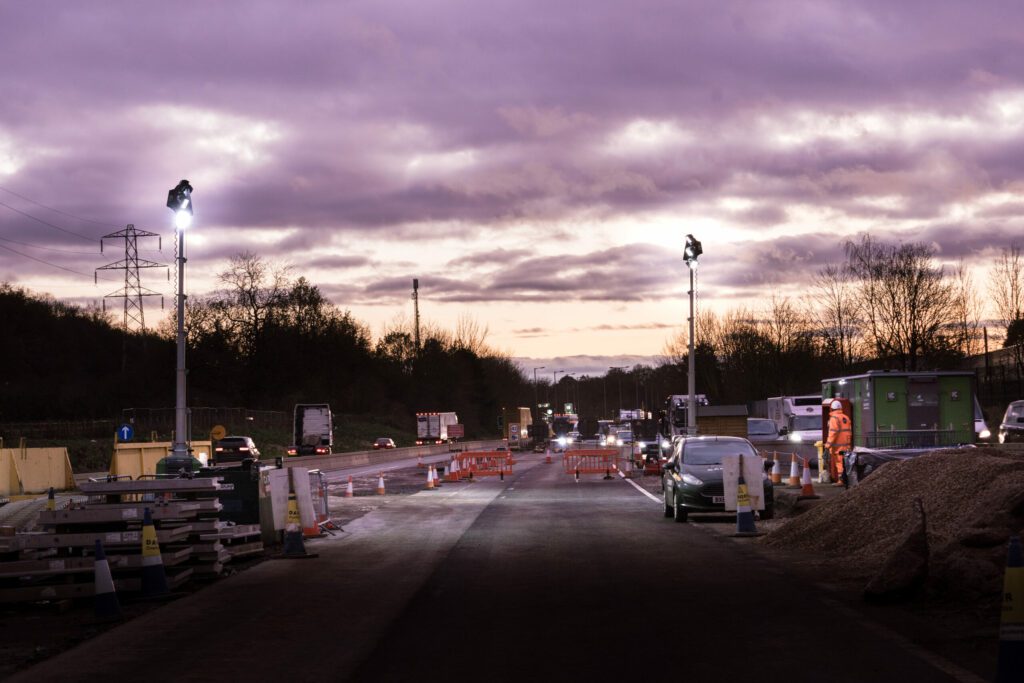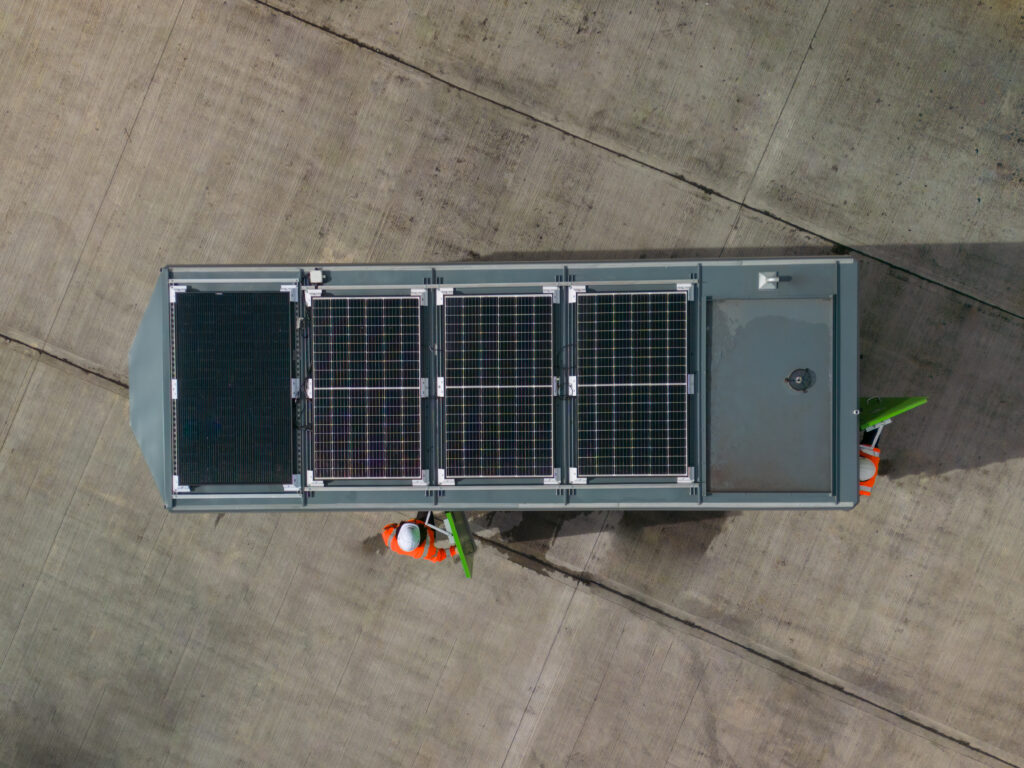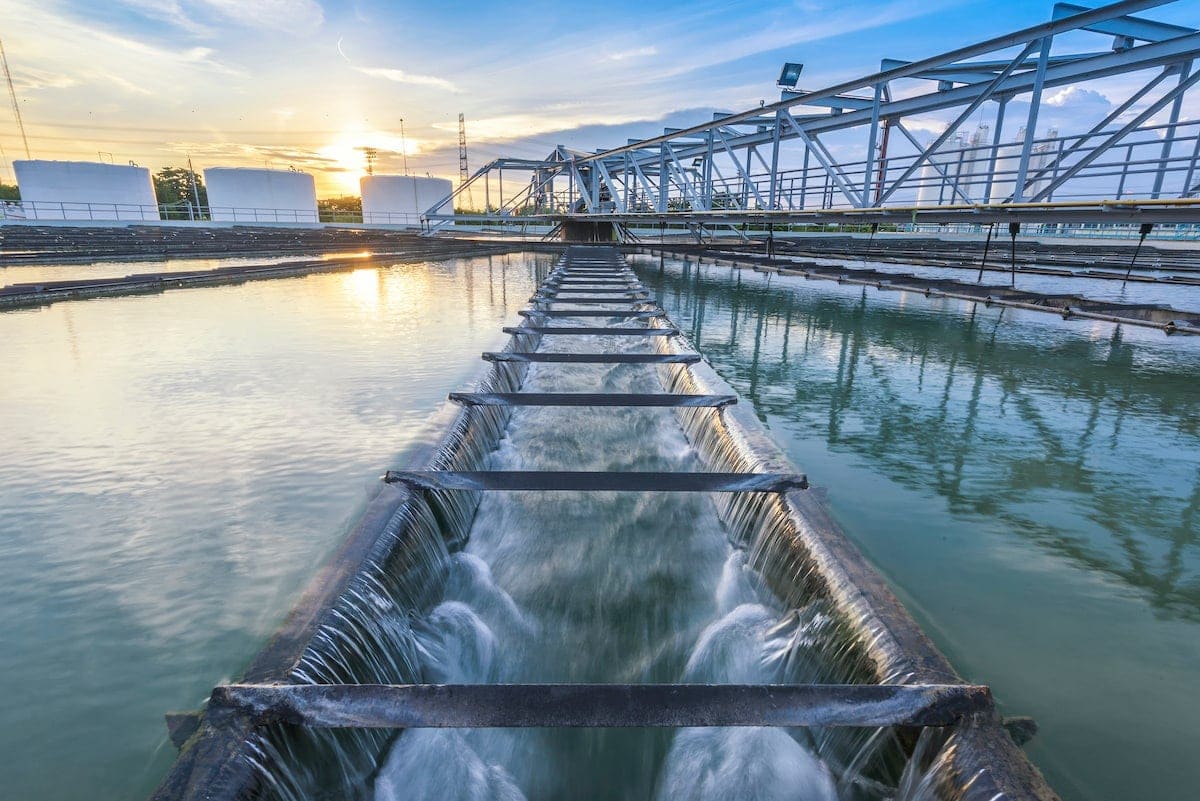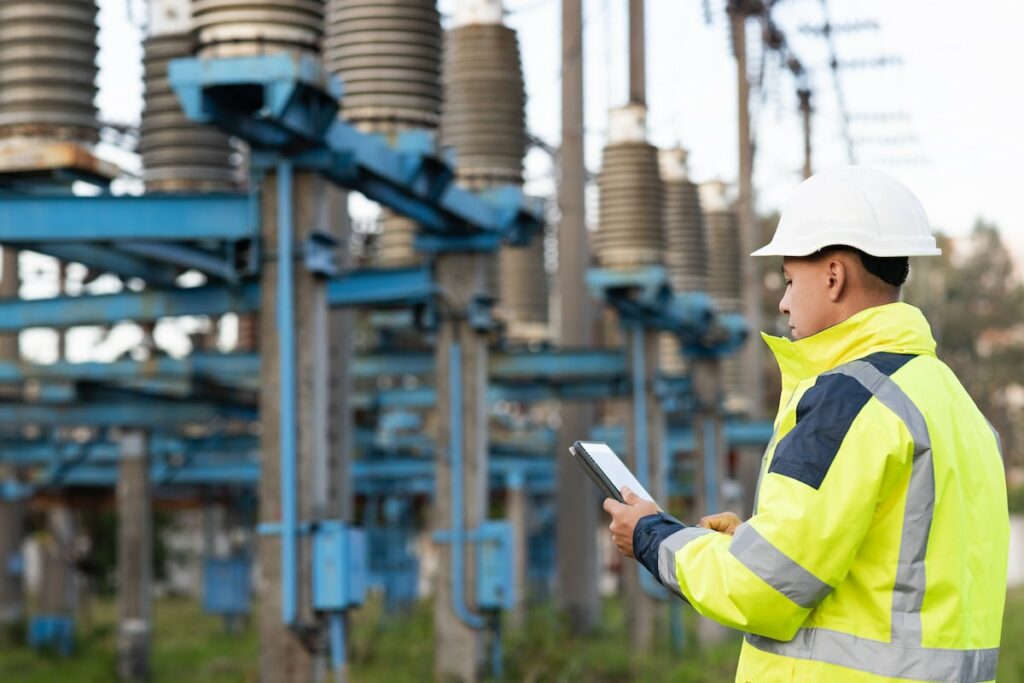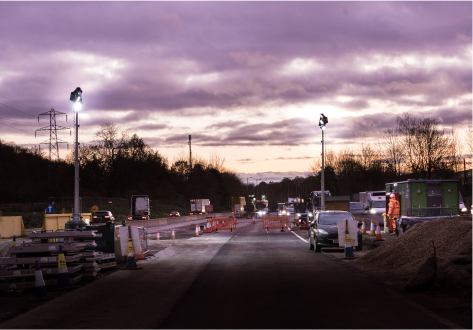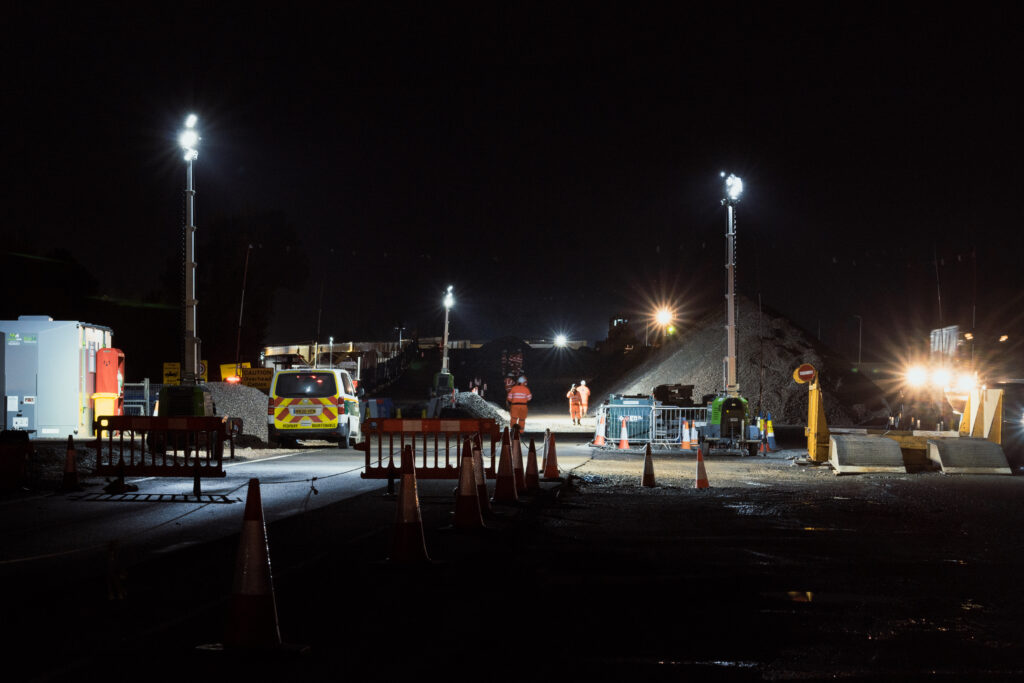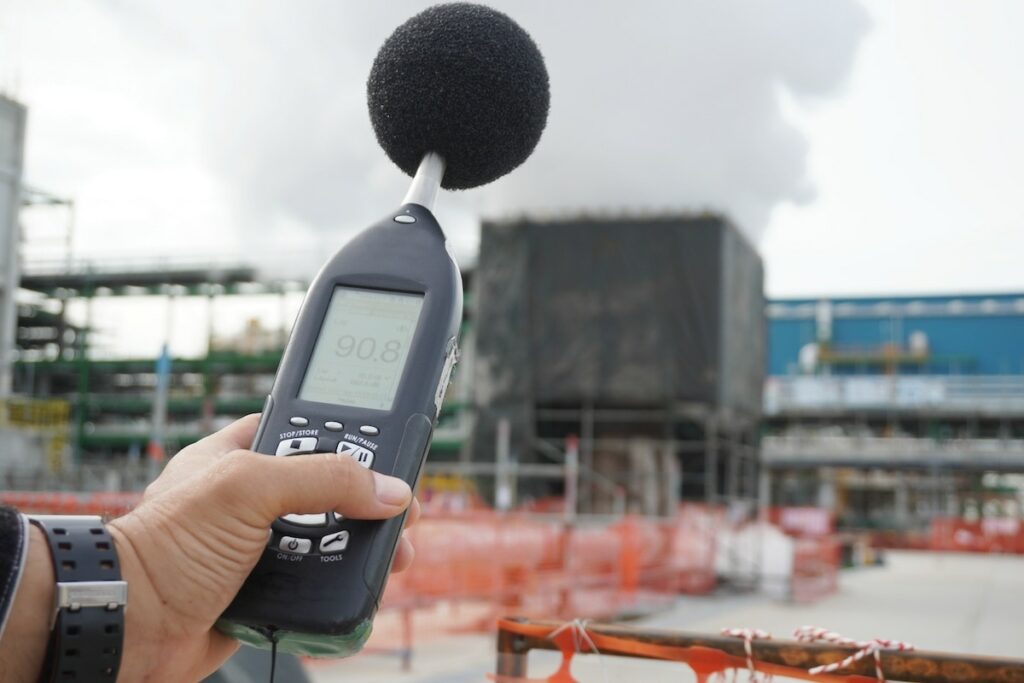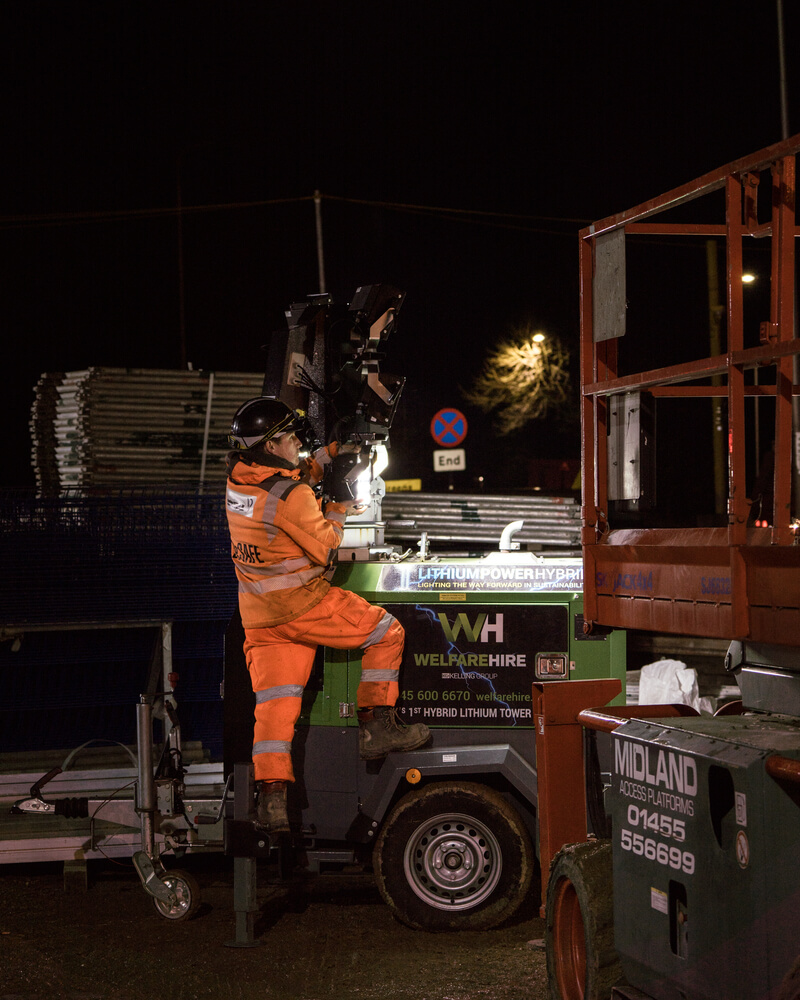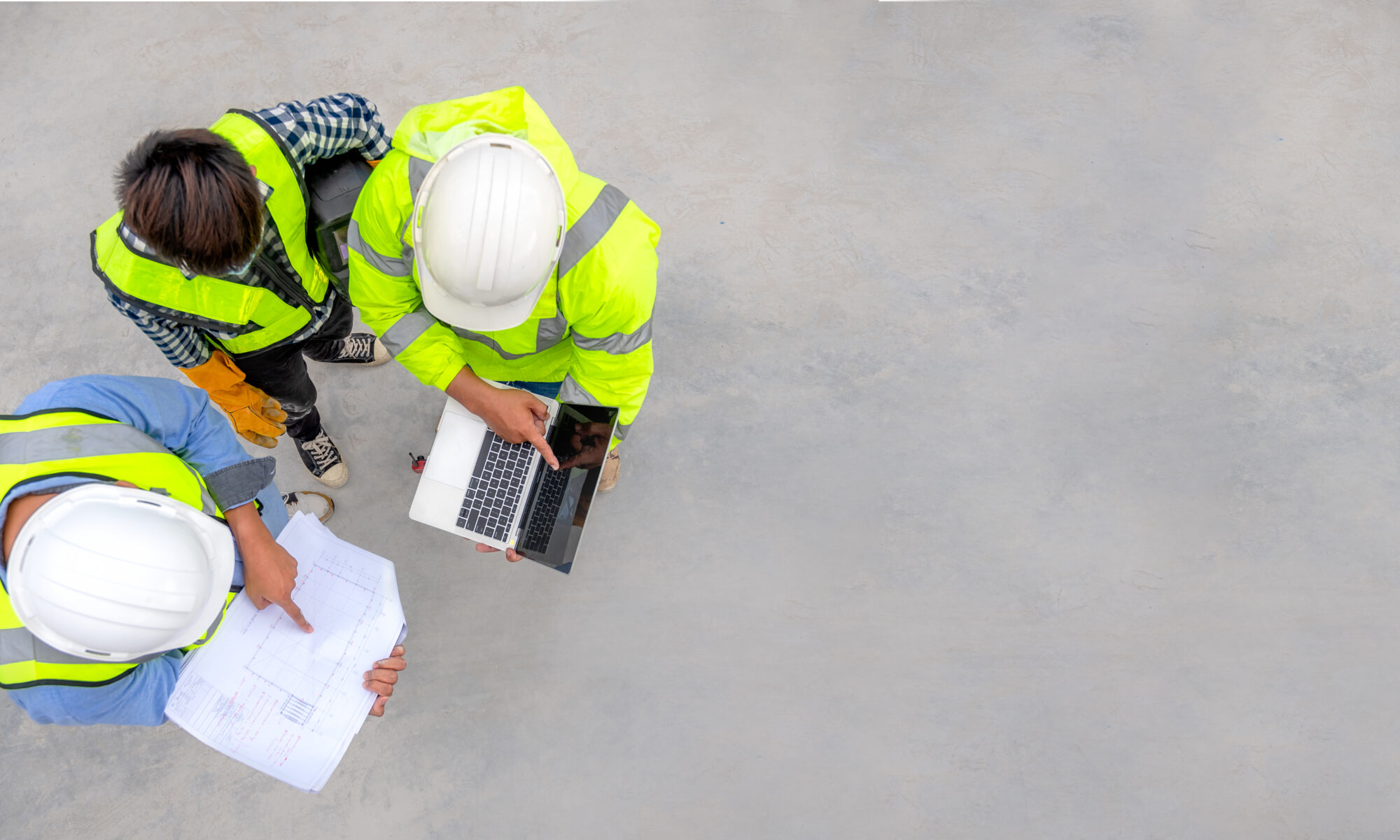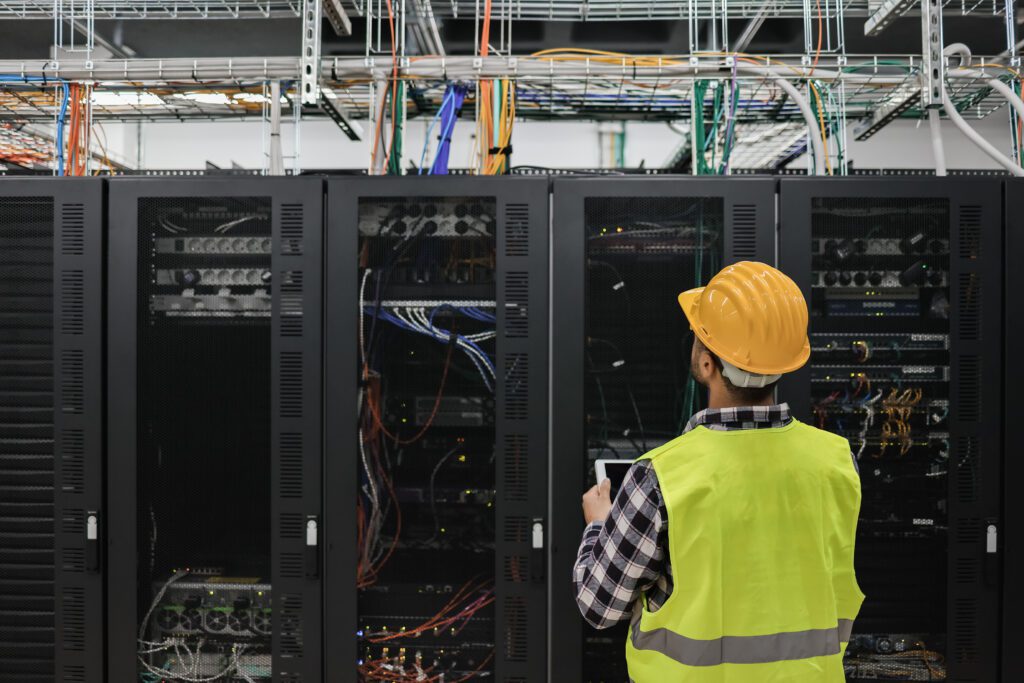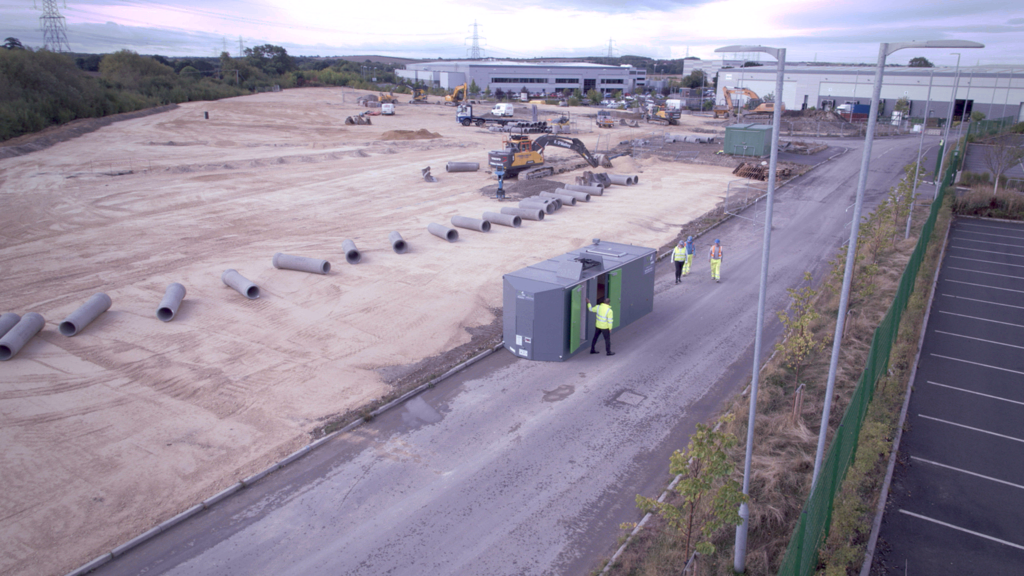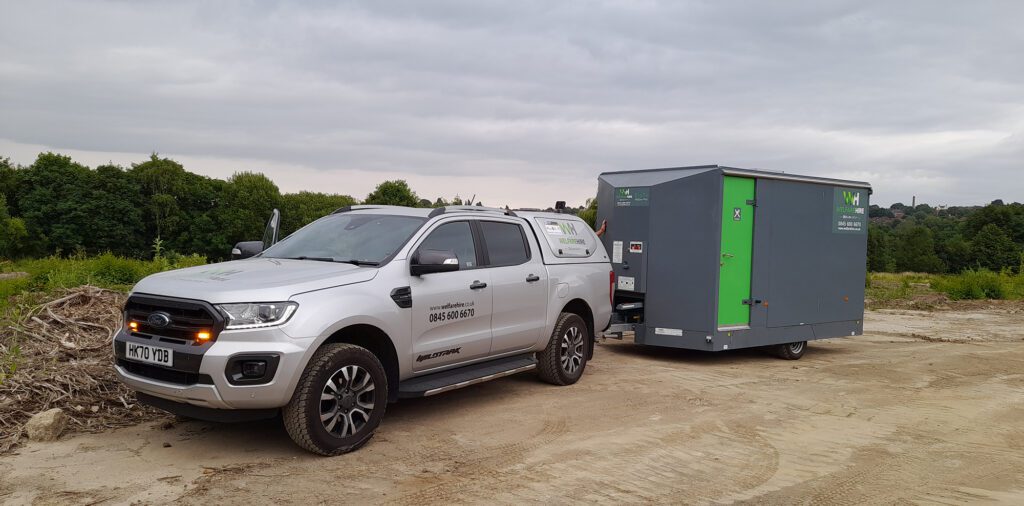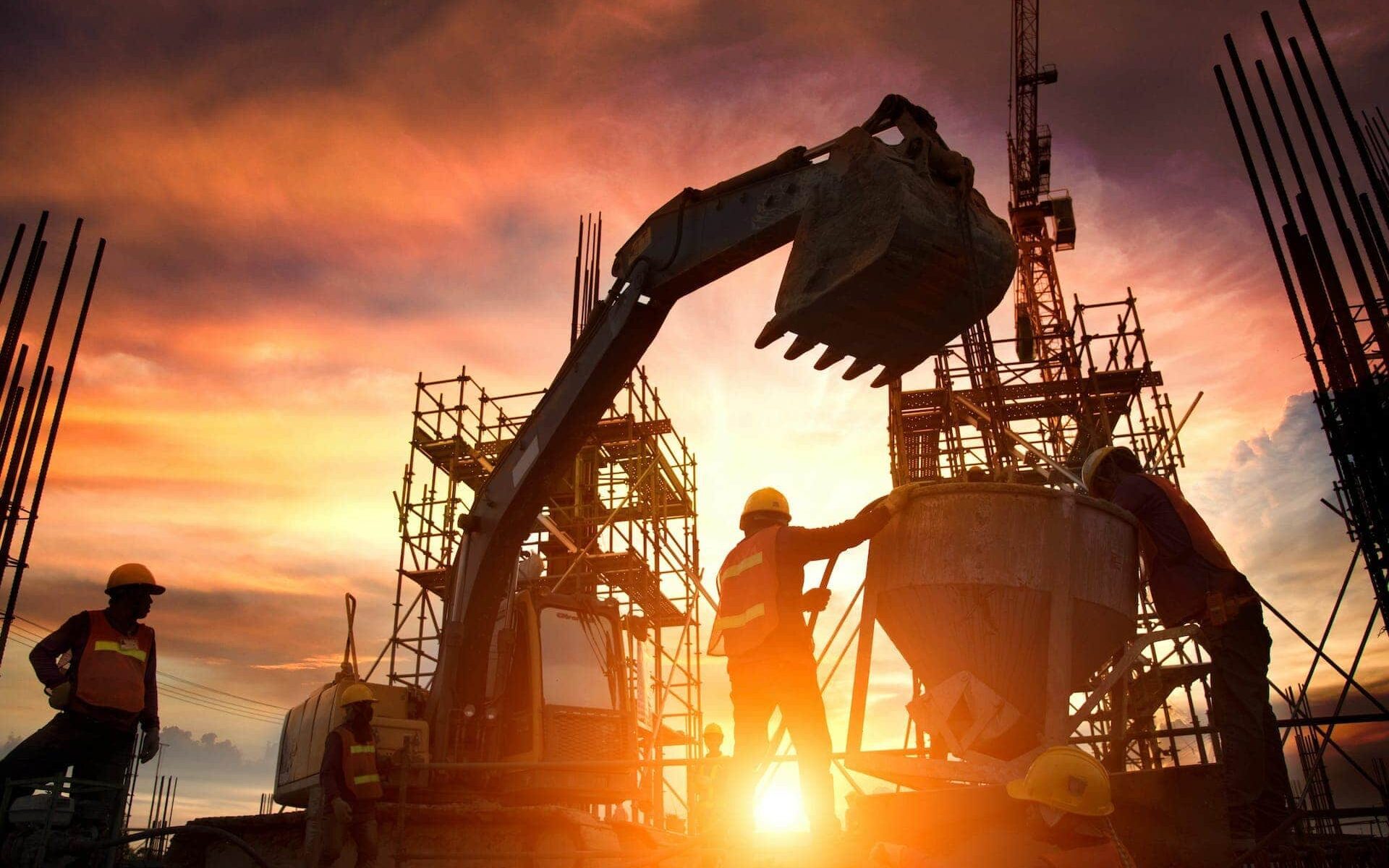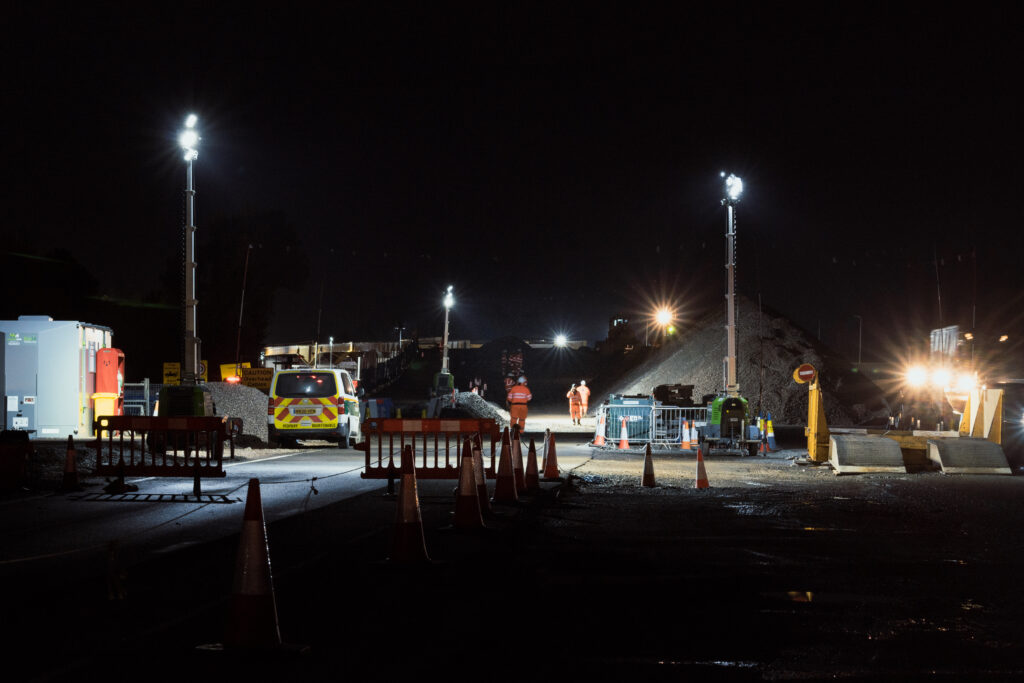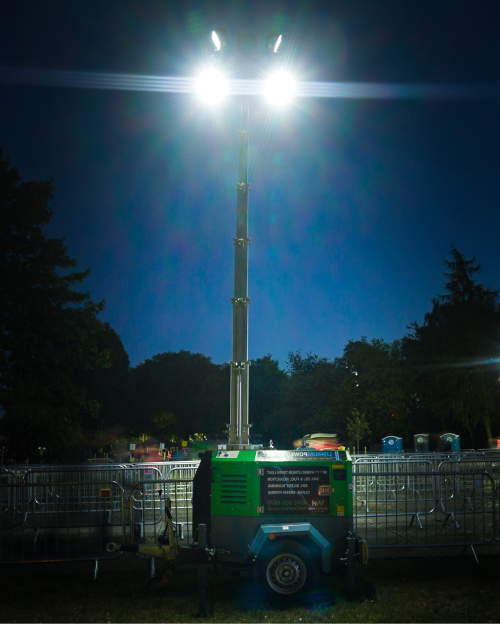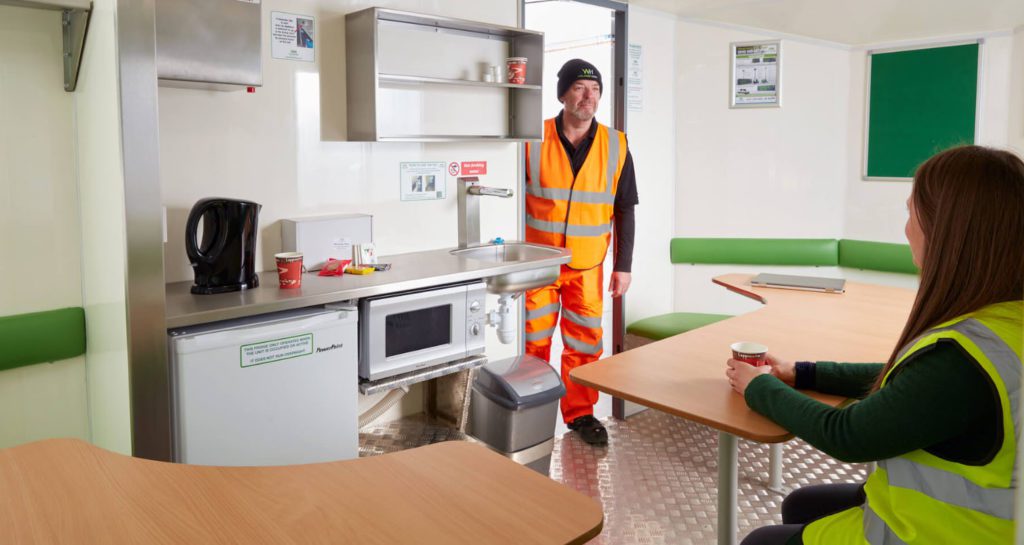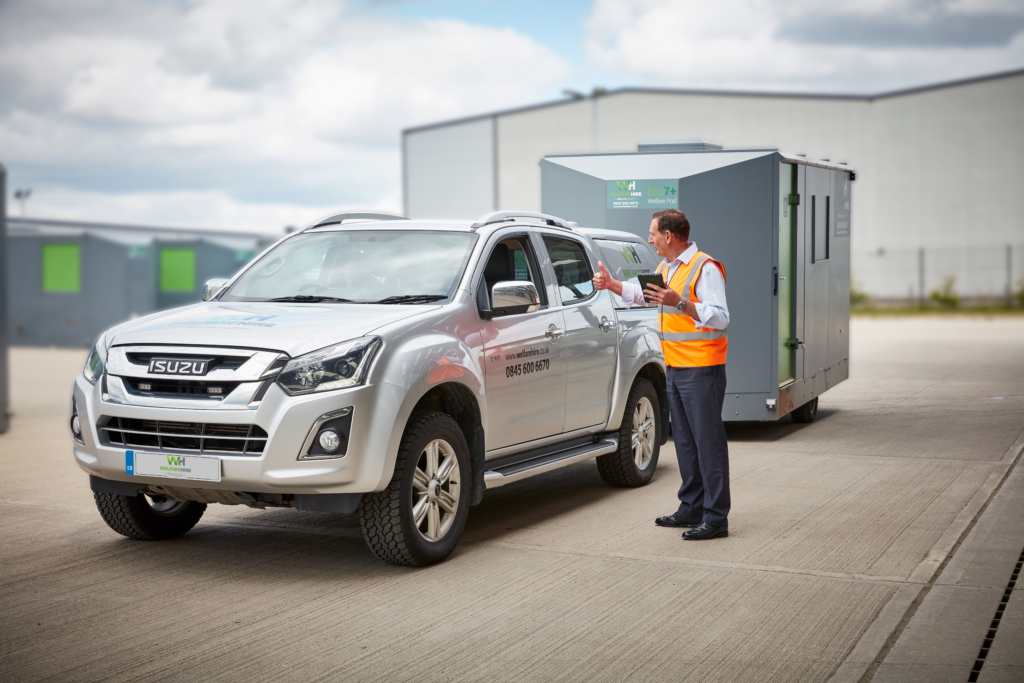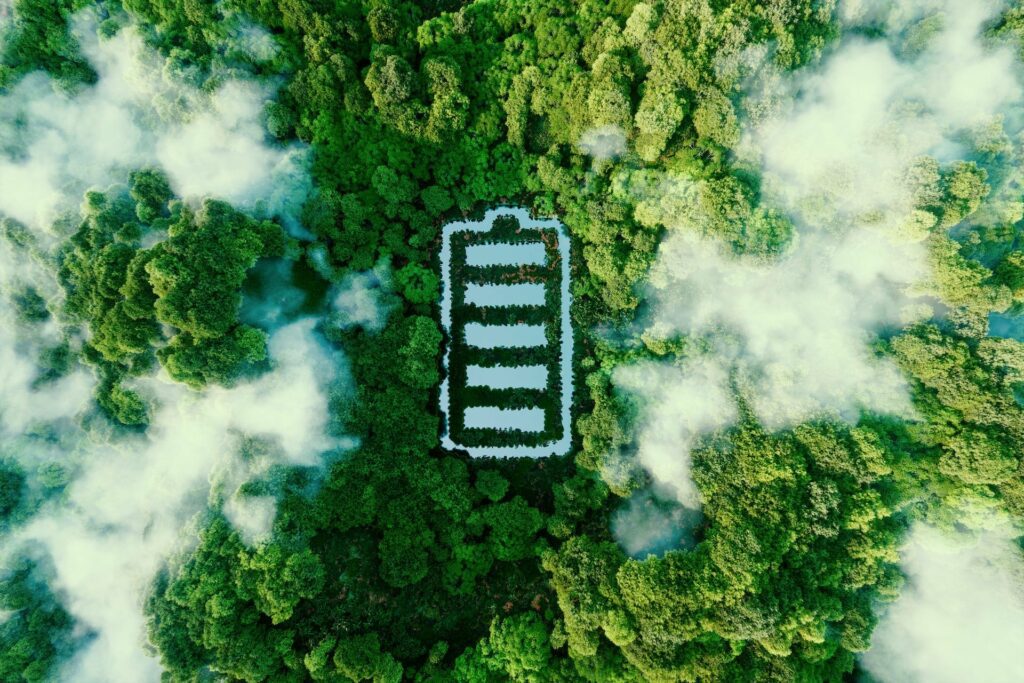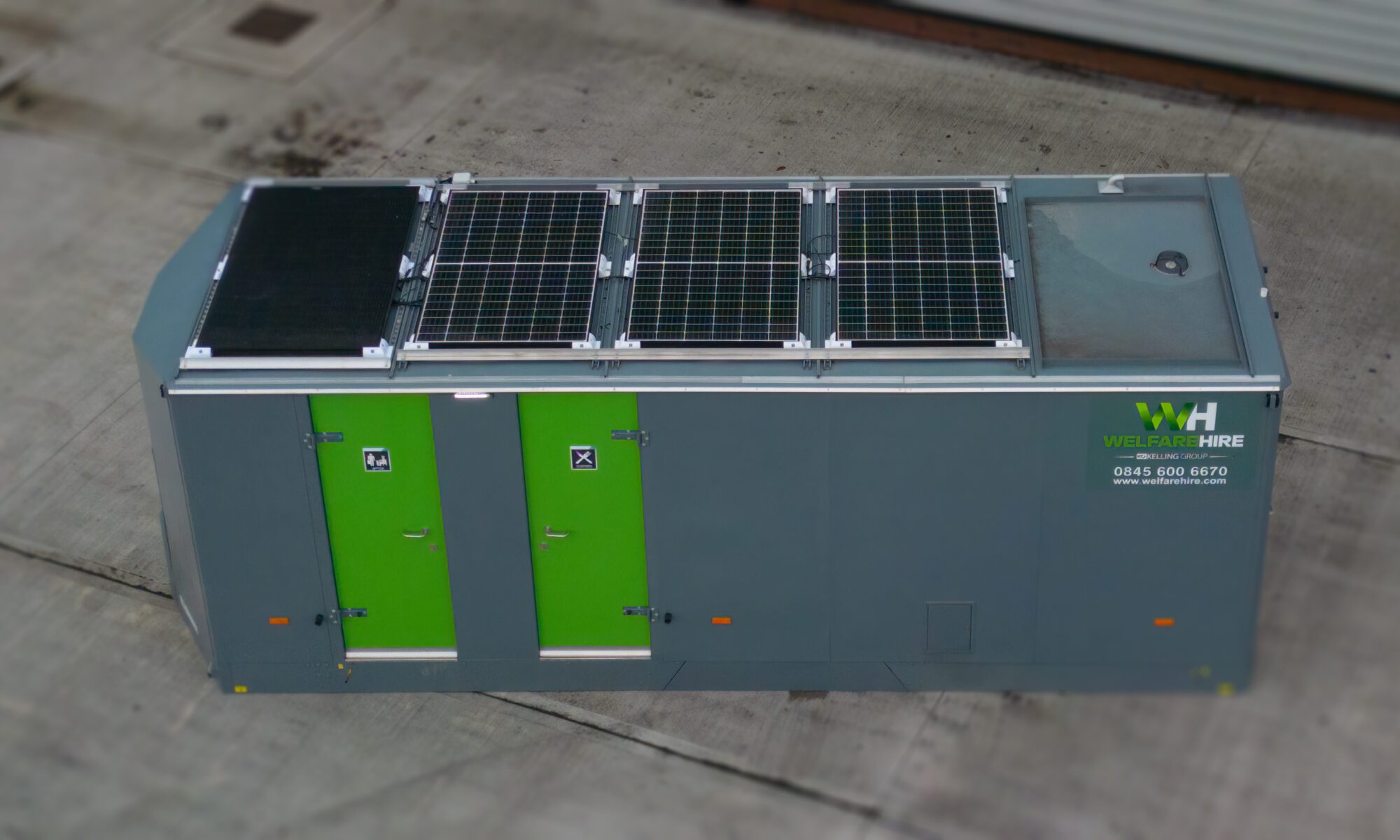Few things are more universally associated with work than coffee. Roughly two-thirds of workers regularly drink coffee at work, and coffee breaks have been a standard part of most workplaces since the early 1900s.¹
Every day, construction workers across the country climb into their mobile welfare units and drink coffee. But according to research, they’re not just enjoying the spacious setting – they’re doing something actively beneficial to your business.
Here are four ways regular coffee breaks help construction sites thrive:

1. Problem solving
We all know the feeling: you can’t figure something out, so you take a coffee break. And when you come back to the problem, the answer is suddenly just there. But there is now actual scientific evidence to support this.
Just 10 minutes of downtime increases the likelihood an individual will come up with innovative insights². Coffee breaks give workers an opportunity to stop thinking about work, which is often when the best solutions and ideas appear.
Put simply: coffee breaks an essential tool for construction sites that need more creativity.
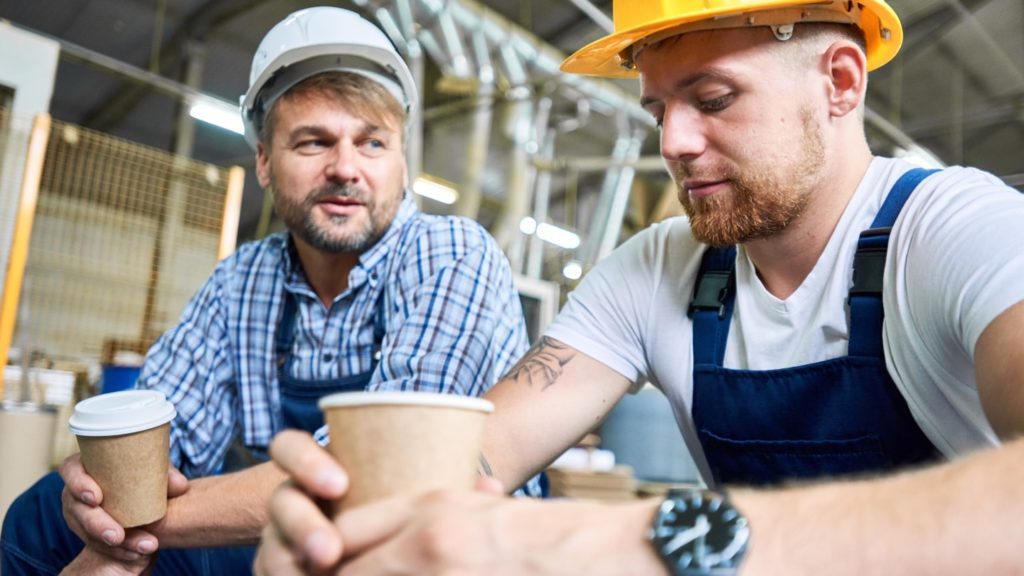
2. Social connections
Few things are more important for construction sites than social connections. From improving employee mental health to building better team dynamics, the benefits of increased social connection are numerous – and coffee breaks are a vital part of that.
81% of workers say coffee breaks help them forge stronger relationships with their colleagues³. With the right mobile welfare unit to provide space and comfort, teams can share a drink and get to know each other better.
Put simply: coffee breaks are a vital social glue for construction workforces.
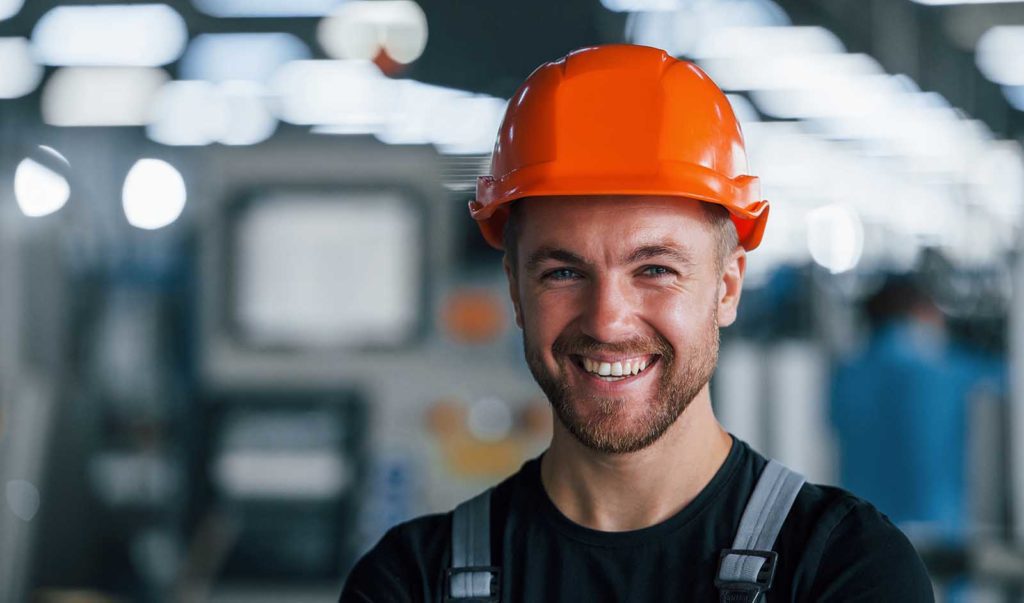
3. Employee health
Health and safety are among the biggest concerns for construction workers. While coffee may not appear an obvious factor here, there is a surprisingly large body of research suggesting coffee does have positive health effects.
A meta analysis from the BMJ reports that coffee is “beneficial for almost everything, as long as you’re not pregnant.⁴” Which means simply taking a few coffee breaks in a mobile welfare unit each day actually helps improve your employees’ health.
Put simply: coffee breaks help support a healthy lifestyle for construction workers.
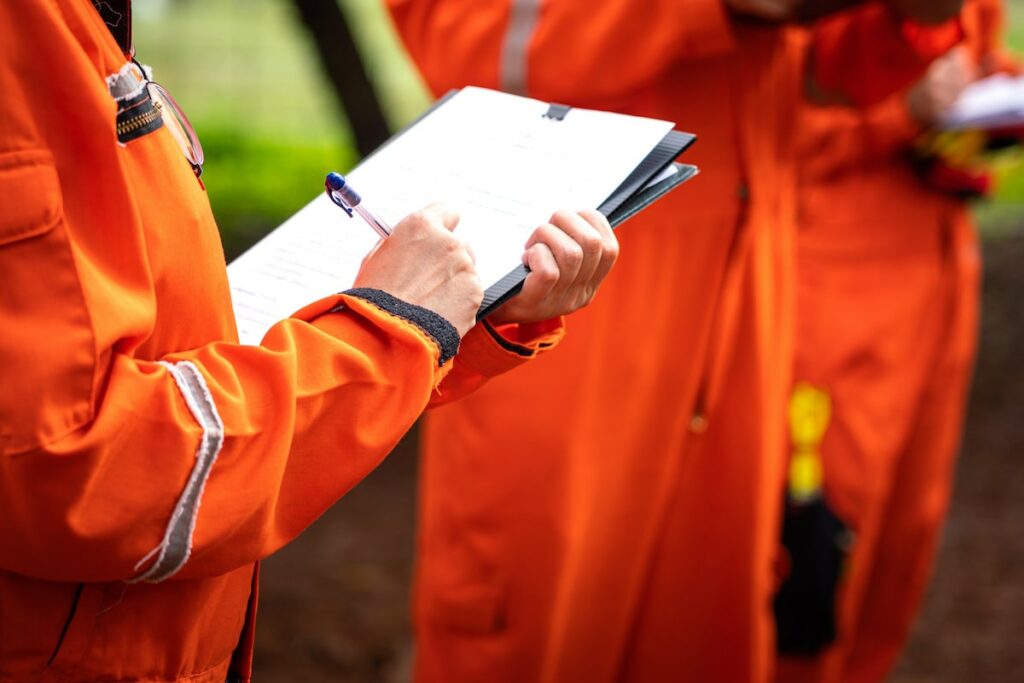
4. Improve cognitive performance
Most coffee drinkers certainly feel their morning coffee helps them think better. But the scientific consensus suggests it’s not just drinking coffee – though that does increase alertness and physical energy. ⁵
Instead, much of the perceived benefit of drinking coffee is tied to rest. Coffee breaks allow workers to “reset”, which supports both concentration and engagement. As a result, their cognitive performance improves, productivity increases and they are less likely to make a mistake onsite.
Put simply: coffee breaks help your workers stay sharp and switched on.
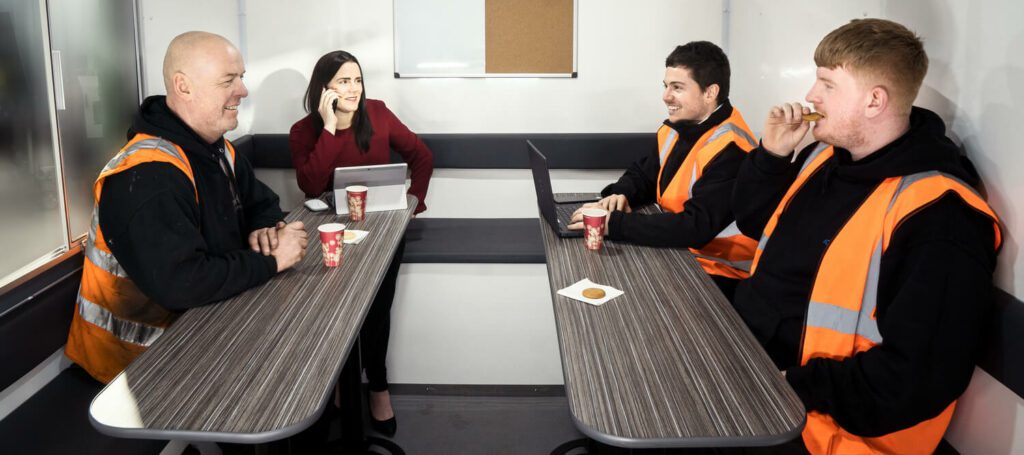
Welfare Hire Supports Better Coffee Breaks
While coffee breaks are positive in-themselves, workers still need a good space to take them in. Many welfare units are simply too small to fit a full team. But with extra-large internal space and comfortable seating, Welfare Hire’s range of mobile welfare units are the perfect setting for a coffee break. We even supply the coffee with our kitchen Welcome Packs as standard too!
Want to learn how our welfare units could improve your site?
2.https://pubmed.ncbi.nlm.nih.gov/30388441/
3.https://www.nespresso.com/ecom/medias/sys_master/public/12586979590174/Coffee-in-the-Workplace-UK.pdf
4.https://www.bmj.com/content/362/bmj.k3185 5.https://www.betterhealth.vic.gov.au/health/healthyliving/caffeine#:~:text=Caffeine%20is%20well%20absorbed%20by,last%20up%20to%2012%20hours.


